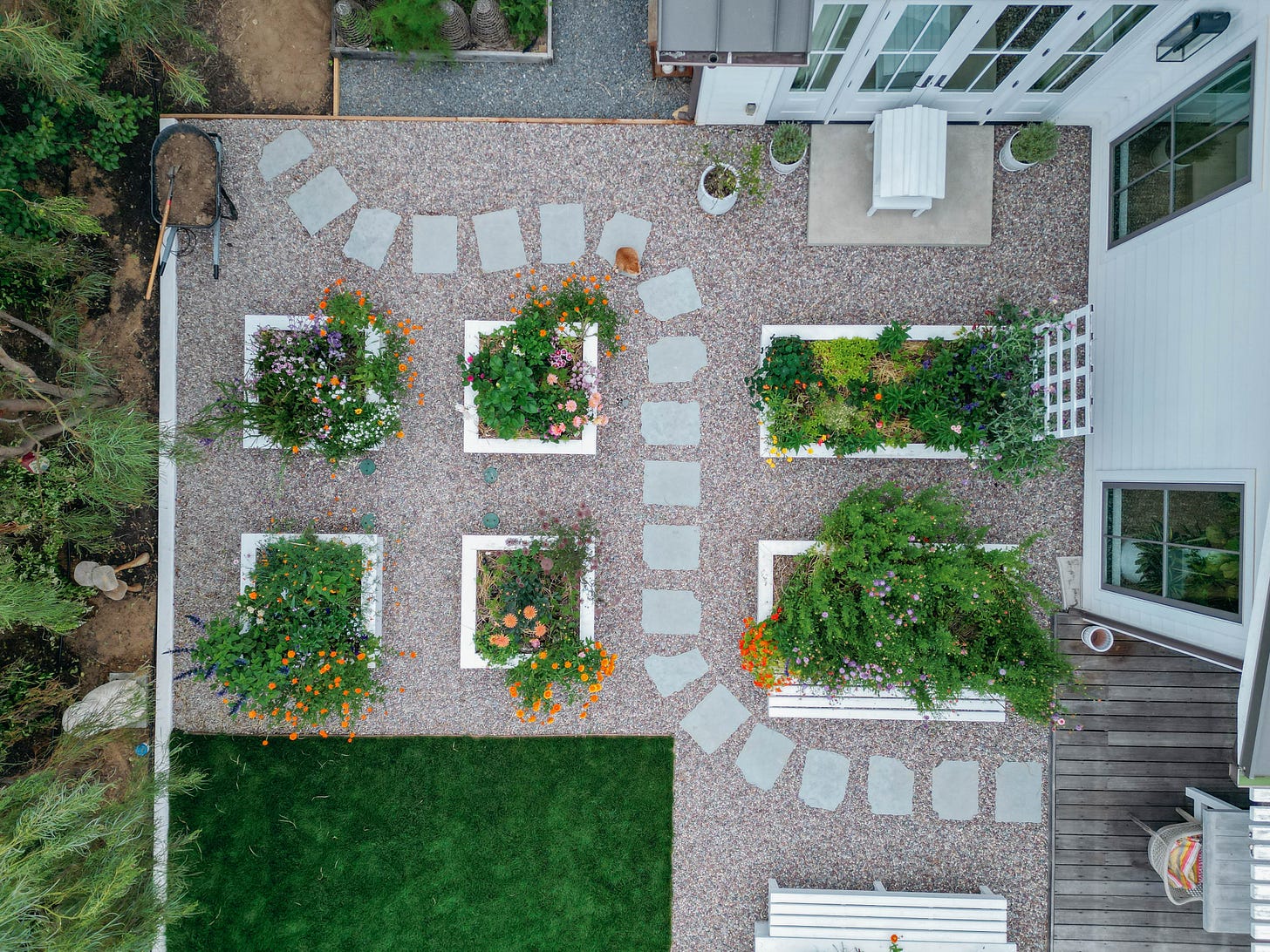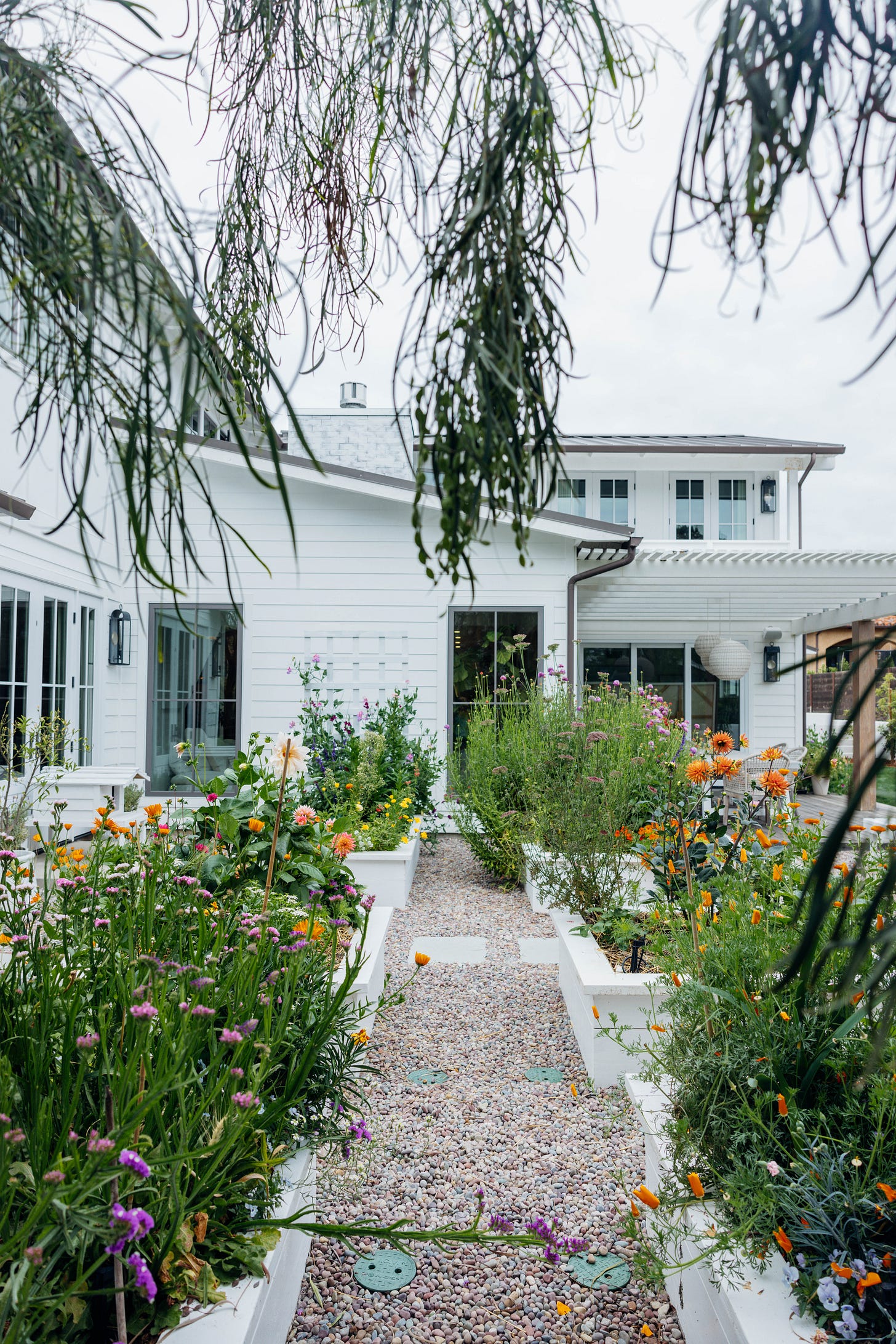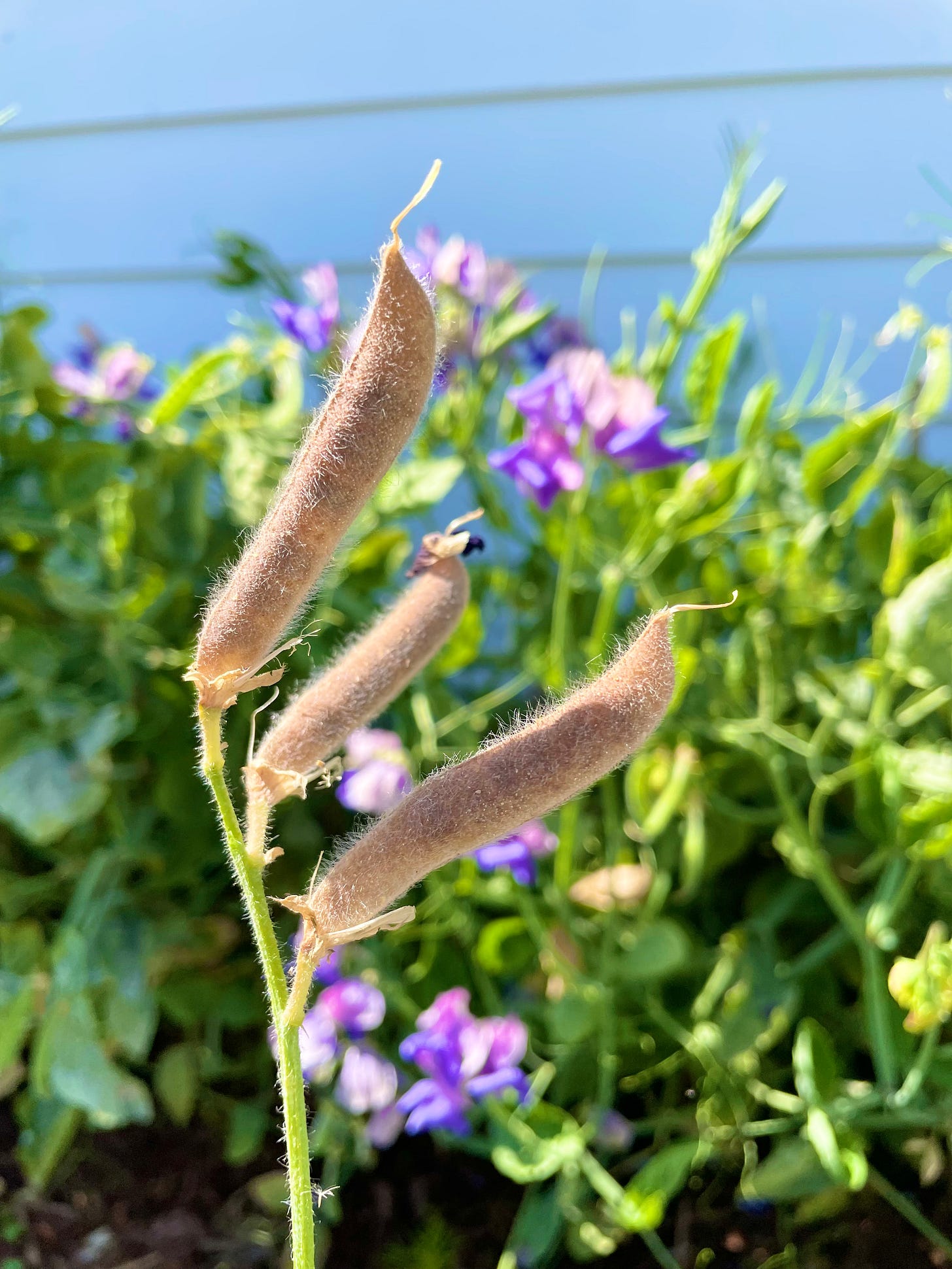A while back, I shared a post on 5 Things I Wish I Would Have Known When Starting a Cut Flower Garden, and I’ve heard from many of you who resonated with that list. As I’ve continued growing and arranging over the seasons, I’ve learned even more through trial and error. So here’s a follow-up with five more things I wish someone had told me when I was just getting started.
1. Filler Flowers and Foliage Are Just as Important as the Big Blooms
When I first started out, all I cared about were the focal flowers — the showstoppers. Think: dahlias, roses, ranunculus, anemones. I’d lovingly plant them and wait for the magic, only to end up with three gorgeous blooms and nothing to pair them with in an arrangement.
That’s when I realized: to make full, lush bouquets (especially ones to give away), I needed more than just the stars — I needed a supporting cast.
Filler flowers like cosmos, feverfew, strawflower, daisies, rice flower, and scabiosa add texture, movement, and charm. And don’t underestimate the power of beautiful foliage! I love using camellia greenery, fennel fronds, eucalyptus, artichoke leaves, and coastal rosemary. They help bulk out arrangements and create that “wild but thoughtful” garden look.
2. Harvest in the Early Morning (or Evening!)
In the beginning, I’d run out to the garden whenever I had a free moment and clip flowers for a vase. It worked okay, but I noticed they didn’t last very long. The timing of your harvest really matters.
The best time to harvest is early in the morning, when flowers are fully hydrated and the air is cool. Evening can work too. Avoid picking in the heat of the day — the sun stresses the plants and zaps the moisture right out of the stems, which shortens their vase life.
Now, I try to keep a clean bucket of cool water nearby, clip in the morning, and let the flowers rest in water for a few hours before arranging. It makes a big difference.
3. Don’t Be Afraid to Pinch!
I was terrified of pinching when I first heard about it. The idea of cutting off the top of a healthy-looking plant? No thank you! But once I got over the fear, I realized it’s one of the easiest ways to encourage bushier growth and more blooms.
So, what is pinching? It’s when you remove the top few inches of a plant’s central stem once it has grown to about 6–8 inches tall. This encourages the plant to send out multiple side shoots, which means more stems — and more flowers — later on.
Pinching works wonders on cut-and-come-again flowers like zinnias, cosmos, dahlias, snapdragons, and sweet peas. Some flowers, like single-stem sunflowers, stock, and statice, should not be pinched — so it’s worth doing a quick check for each variety before you go snipping.
4. Succession Planting Is the Secret to a Longer Bloom Season
One of the mistakes I made early on was planting everything at once. It was glorious for a couple of weeks — and then everything faded at the same time, leaving my garden bare.
Succession planting is the practice of planting new batches of seeds every few weeks so that you have a continuous supply of blooms throughout the season. This works especially well with fast-growing flowers like cosmos, zinnias, sunflowers, and marigolds.
You don’t have to overthink it. Just make a note to start a second (or third!) round of seeds 2–3 weeks after your initial planting. Your future self will thank you.
5. Collecting Seeds Is Easier Than You Think
Saving seeds is such a satisfying part of gardening — it closes the loop in a really beautiful way. The key is to wait until the flower has fully bloomed and dried out on the plant. If you collect seeds too early, they won’t be viable.
Some of the easiest flowers to collect seeds from are sweet peas, sunflowers, cosmos, marigolds, and poppies. Once they’re dry, you can gently shake or rub the seed heads over a container, let the seeds air out for a day or two, and then store them in paper envelopes or jars for next year.
You’ll feel like a magician pulling free plants out of your pocket the next season.
There’s always more to learn in the garden, and that’s part of what makes it so rewarding. Every year brings new surprises and small lessons that help me grow alongside the flowers.
Now I’d love to hear from you — what’s one thing you wish you had known when you started your cut flower garden? Drop it in the comments or send me a message. Let’s keep learning together. 🌸









Too many to count! I think every year will be easier on some levels, but this has never proven to be true. I started them all after taking Floret’s course in 2021, and this year I’ve realized that I need to grow only a few things and not everything under the sun! You’d think I might have learned that by now! 😆
I love these tips.